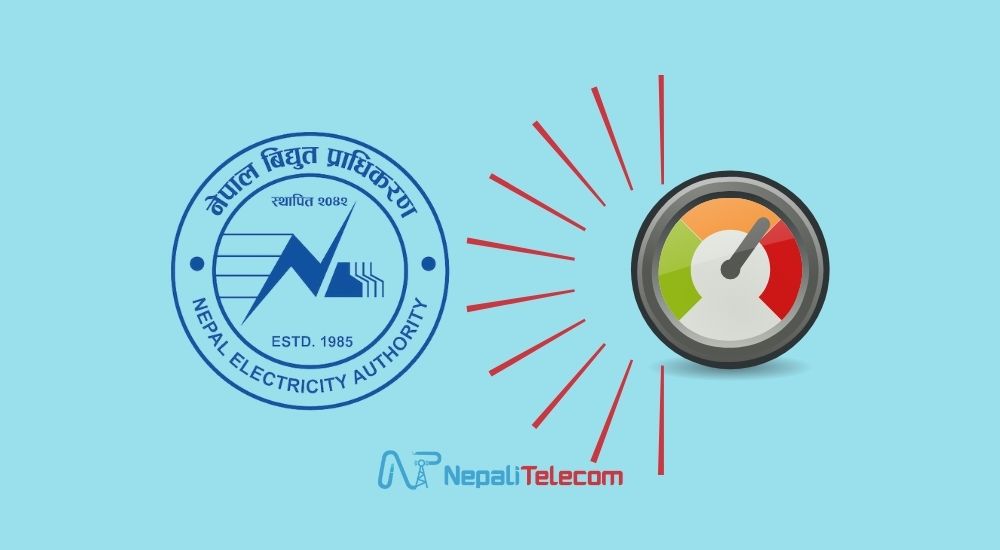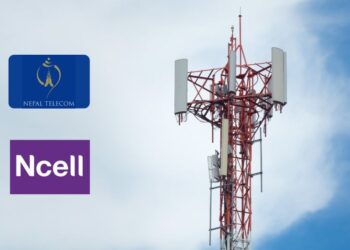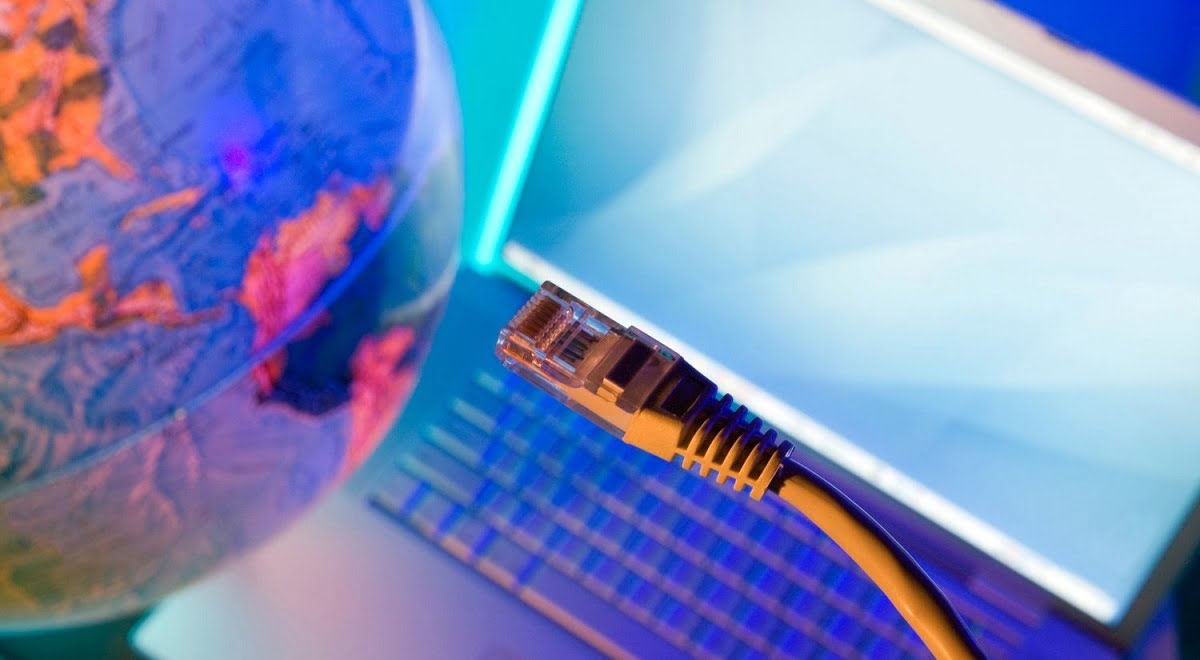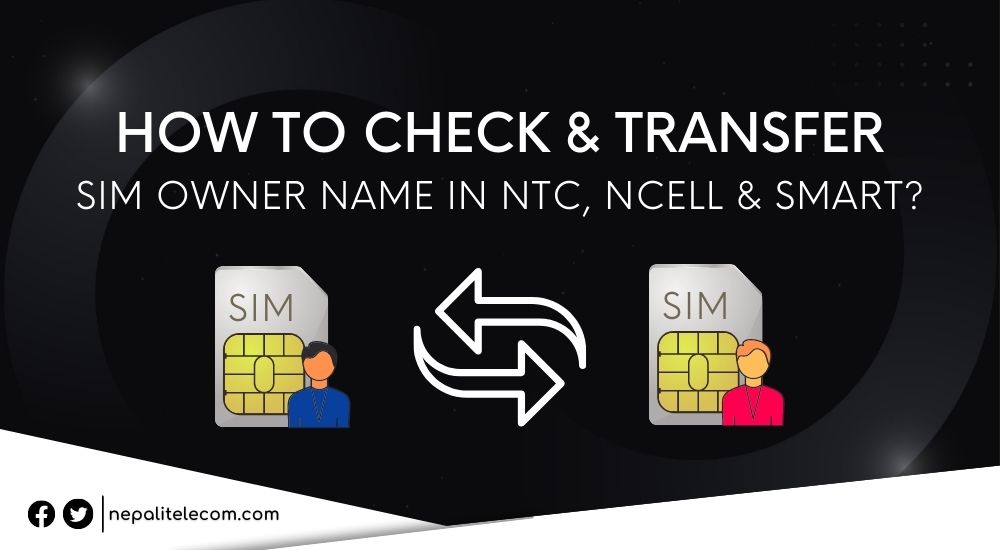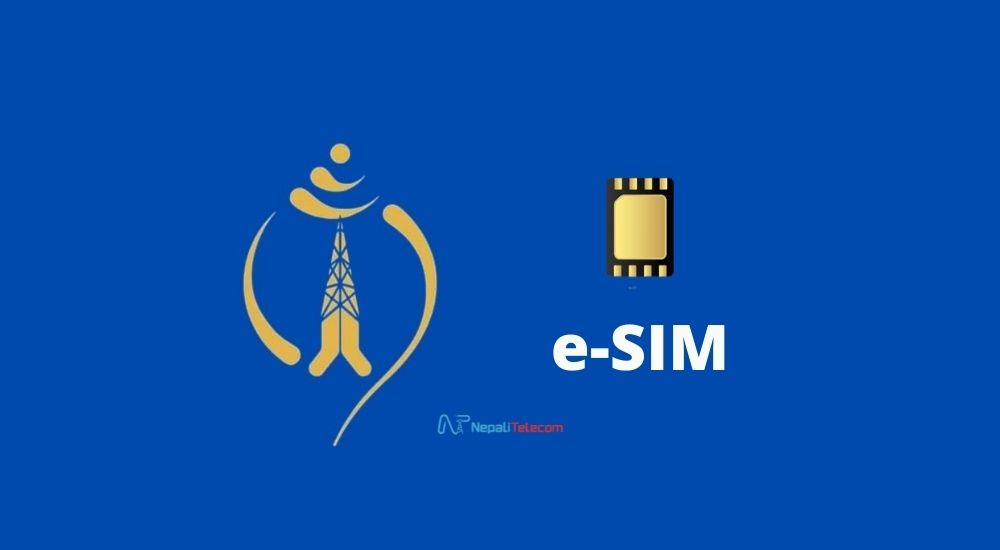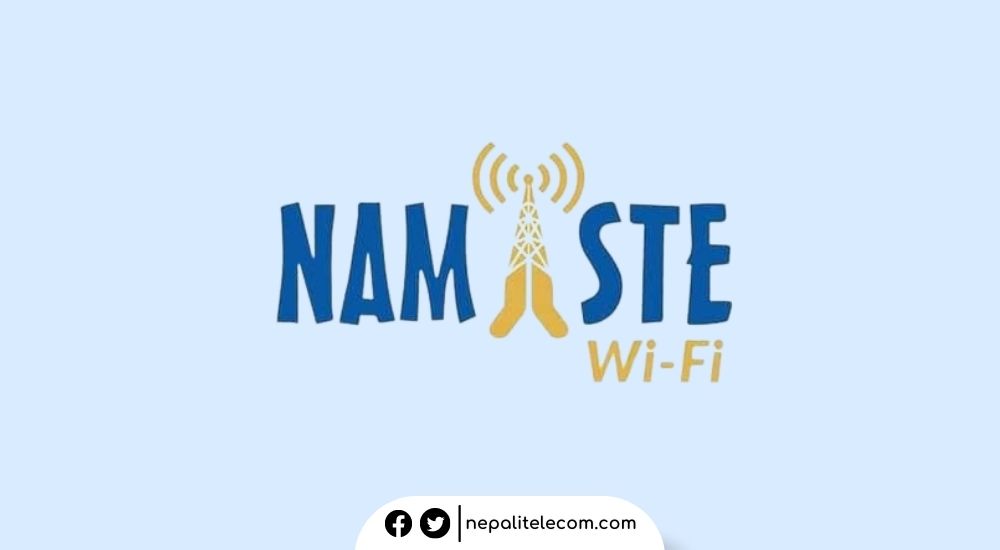Finally, NEA is set to receive radio frequency for smart meters by the government. A recent Council of Ministers meeting has decided that it will provide the electricity authority with the necessary utility frequency at the cost of Rs 1.20 crore per MHz.
The CoM decided to amend the prevailing Radio Communication (License) Rules 2049 to provide frequency for NEA that will power smart meters to their complete functions.
It now paves the way for NEA to implement remote functions of smart meters and justify their use. Plus, it also allows NEA to distribute the next-gen meters which so far have not gone as planned in the absence of frequency.
The authority wants to replace outdated analog meters with smart meters to better optimize the power usage of the customers. The smart metering project is part of NEA’s policy to gradually digitalize its services.
Check out: IoT (Internet of Things) in Nepal
NTA to provide NEA with frequency for smart meters
After a long wait, NTA will be allocating frequency to NEA for smart meters. Both ministries had been in conflict over payment for the radio waves. But with the government making the decision, NEA will receive the frequencies to operate smart meters.
As per the decision, new articles are added to the existing Radio Communication (License) Rules 2049. This grants rights to use frequency for smart meters, telemetry, etc.
It is said in the amended provision, ‘In case of radio equipment used in a network to operate or provide services such as smart electricity meter, telemetry without matching with any public telecommunication network using frequencies from 30 MHz to 10.5 GHz, the such network shall occupy 12 million per MHz of frequency bandwidth will be provided on the basis of RF bandwidth.
This means the band is now open to use for telemetry services except for telecom operators. Smart Meters can now run in 30 MHz to 10.5 GHz frequency.
Now, for NEA to use the frequency for smart meters, it will need to submit an application at MoCIT. The ministry will then allow permission to use the frequency depending on the required band and frequency.
NEA has ambitiously proceeded with the smart metering project. It has so far installed 1 lakh smart meters via its Ratnapark and Maharajgunj Distribution Centers. But the authority wants to use smart meters for all the households in Nepal. Gradually, it plans to set up 6 million smart meters.
Do Read: How to pay electricity bills online in Nepal?
Remote Billing – One Key Advantage
Smart Meters enable next-level capabilities for both customers and the Authority. These meters will put an end to the NEA employees visiting each house to obtain the power consumption data. Once set up, NEA can collect the customers’ power usage data at the DCU. The data then transfers through the DCU via a SIM card to NEA’s central server. For this, the digital meters integrate Radio Frequency (RF), and GPRS modules into their system.
The customers meanwhile, can better control their power usage with smart meters and obtain data through an app. NEA has started the project with the GPRS SIM Cards for smart meters.
Check out: NTA prepares for unlicensed Spectrum use without any approval
Smart Meters for All
NEA has so far only provided smart meters to its 3-phase and ToD (Time of Day) customers. Now, the project will include households on single-phase connections too. As of now, 44 thousand customers on 3-phase connections have received smart meter systems.
Would it be easier for NEA to use their own frequency or use already existing Cellular IoT for a smart meter? Do leave your comments below.


